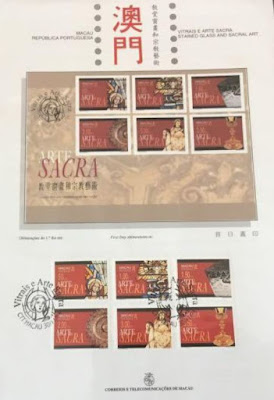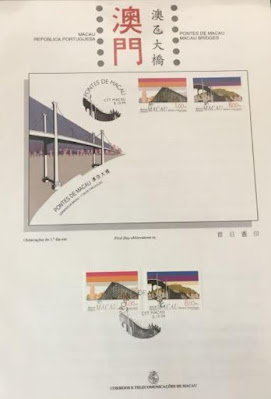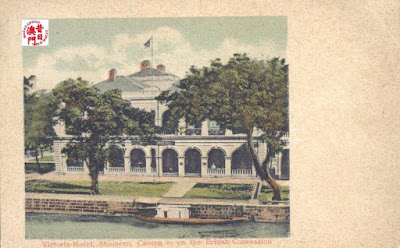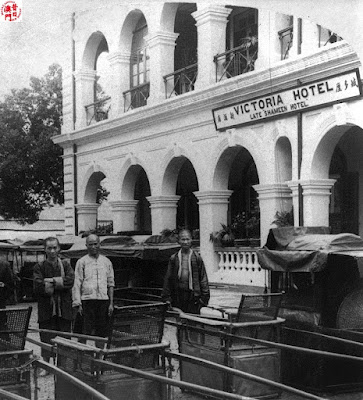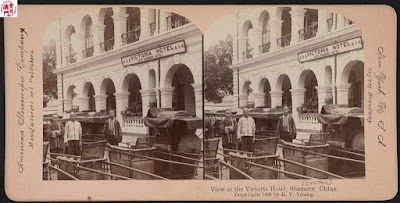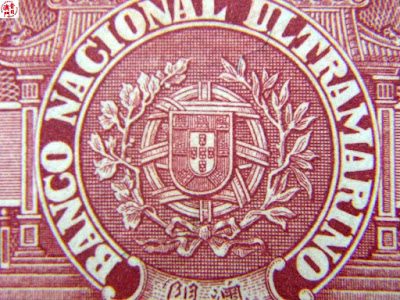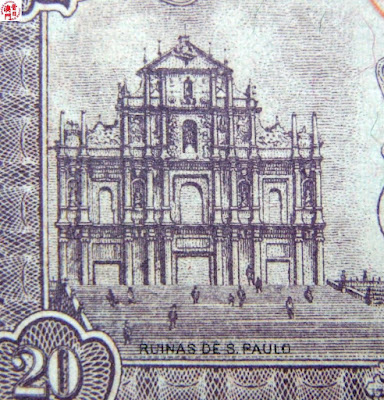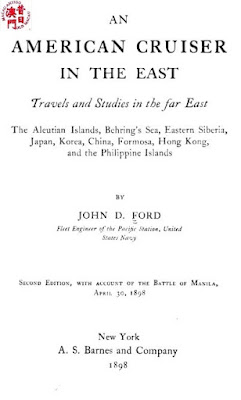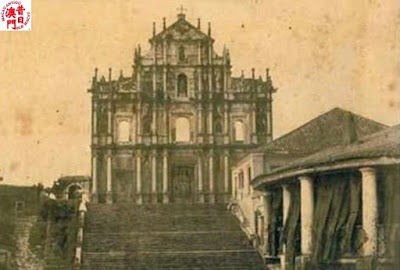"A trip from Hong-kong to Macao in one of the untidy little steamers which ply between the ports is very interesting and enjoyable. When the frantic yells of the officers, the blowing of steam, and the tooting of the whistle have ceased, the little craft heads for the Lymoon Pass, and all is quiet on board except the pulsating throbs of the exhausting steam. We run between scenes in brown and gray, leaden, wild, and weird, and the undulating motion of the ever-restless sea causes the little craft to dance upon the waters. Picturesque groups and crowds unwittingly pose about the decks, — Portuguese, Chinese, and half-breeds, who make up the list of passengers. The ever-changing groups are studies that leave pleasant memories; and long after the journey is done, we smile at the recollections of this or that incident of the trip.
Like all other harbors in this part of the world, Macao swarms with gay sampans, with their queer little shrines and mirrors and pictures, half-Christian, half-Buddhist. A strange mixture of beliefs have come through poor old China, and in coming have brought the soil with them, — religion musty and soiled.
The town is situated on the southern extremity of the island of Hiang-shang, on a point of land formed by the intersection of the Chu-kiang with the Heung-kiang, in latitude 22° north, and longitude 132° east. The gayly colored, flat-roofed houses, red and blue and green, make a quaint little city, which nestles between bold, bleak, black rocky hills.
The old Portuguese forts, with their ancient guns frowning upon the river, are more picturesque than awe-inspiring in these days of rifle-guns and long ranges. The Praya Grande (here everything is " grande ") is the promenade of the place, where the belles and the beaux of old Macao take their airings, passing before the palace, and among the little shops and gambling saloons which border its animated road.
The old church of St. Paul has braved monsoons, typhoons, fiery flames, and earthquakes since 1594. St. Paul, with its deep-toned organ, and the old Hospital of the Misericordia, stand as living protests, — the cross against the lotus.
After climbing the rocks and bowlders beyond the city, we reach the grotto of poor Camoens, the real object of our pilgrimage. Strewn with great granite bowlders, abraded and shorn by monsoon and tvphoon, the spot is as wild as nature made it, — although trees and shrubs and vines have been transplanted, so that men of these latter times may not see the place in its native bareness. Sitting here, where Camoens wrote his immortal " Lusiad," to recount the glories of his beloved Portugal, although an exile from her shores, we must admire the man, so filled with patriotism.
The history of Camoens is interesting. (...) He found his way to Macao, and in the solitude of this grotto passed his days in writing the "Lusiad," recounting the virtues of his faithful Javanese slave Antonio, — the poor slave, who, in strange lands, among strange people, tended Camoens so devotedly and with such solicitude, through exile, tempest, and wreck, who begged for him, and who tenderly closed his hungering, weary eyes in death. (...)
In 1557, the Portuguese, in return for their services in combating piracy, were permitted to form a settlement on the peninsula. The Jesuit missionaries set up the cross and in 1575 the Chinese built the wall across the island to separate this settlement from the rest of China. In 1583, a government was formed for the settlement, and in 1628, Jeronimo de Silveria became the first royal Governor. The Chinese claim that they have always retained control over foreign nation. De Amaral was assassinated in the same year, but his successors have continued his policy, although the Chinese government refuses to recognize the claim.
The European powers consider Macao a de facto colony, and the King of Portugal appoints all the officers, including the Chinese magistrates. Macao has been occupied by British forces to prevent its seizure by the French.
There are 6,050 inhabitants of European extraction in Macao, 60,617 Chinese living on the land, and about 11,000 in boats. The people are engaged in commercial and agricultural pursuits, and nearly all the land is under cultivation. Macao has been a free port since 1846. The preparation and packing of tea is the most important industry of the port, and there is a good trade in Chinese manufactured goods from Canton. Gambling and opium dens are numerous, and are openly carried on.
The total value of the trade of the port is $15,000,000. The revenue is largely made up from taxes on gambling tables, and small dues and fines.
Excerto de An American cruiser in the East; travels and studies in the Far East; the Aleutian islands, Behring's sea, eastern Siberia, Japan, Korea, China, Formosa, Hong Kong, and the Philippine islands, John Donaldson Ford publicado em 1898.
O contra-almirante John Donaldson Ford (1840-1918) foi oficial da Marinha dos Estados Unidos durante a Guerra Civil Americana e a Guerra Hispano-Americana. A viagem até ao Oriente foi feita a bordo do navio USS Alert, uma canhoneira a vapor de casco de ferro activa entre 1875 e 1922 e que fez parte da frota do pacífico da marinha dos EUA. A obra tem inúmeras ilustrações, nomeadamente do Japão e China continental.
O autor tem um gosto especial por Camões a ponto de incluir uma citação em inglês no início do livro. é precisamente sobre Macau e os tempos da nau da prata. O excerto sobre Macau refere-se à década de 1890.









